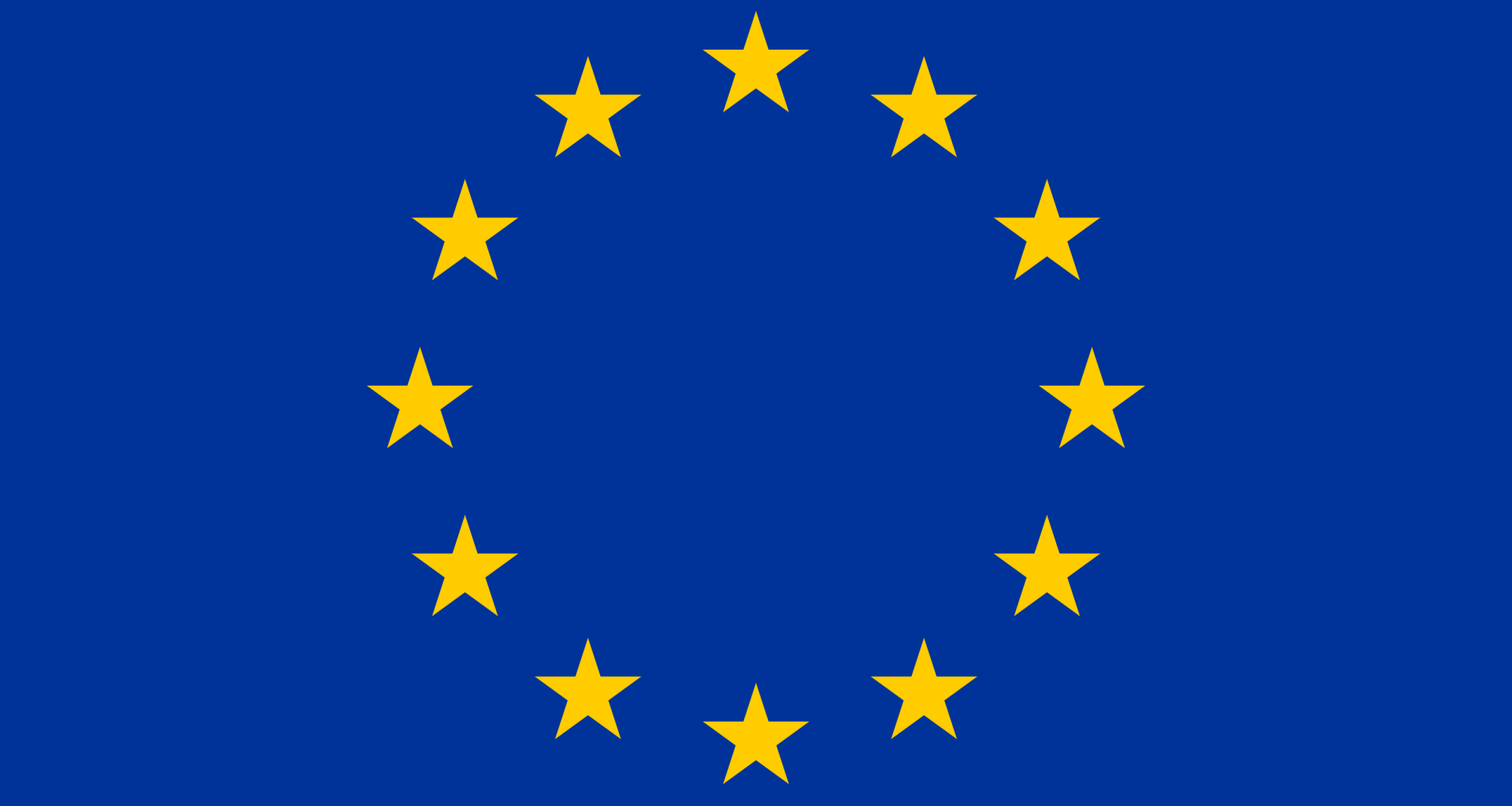The FDA warns about the manufacture medicinal and non-pharmaceutical products on the same equipment
by Giuliana Miglierini A Warning Letter, sent in September 2022 by the US FDA to a German company…

Browsing Category